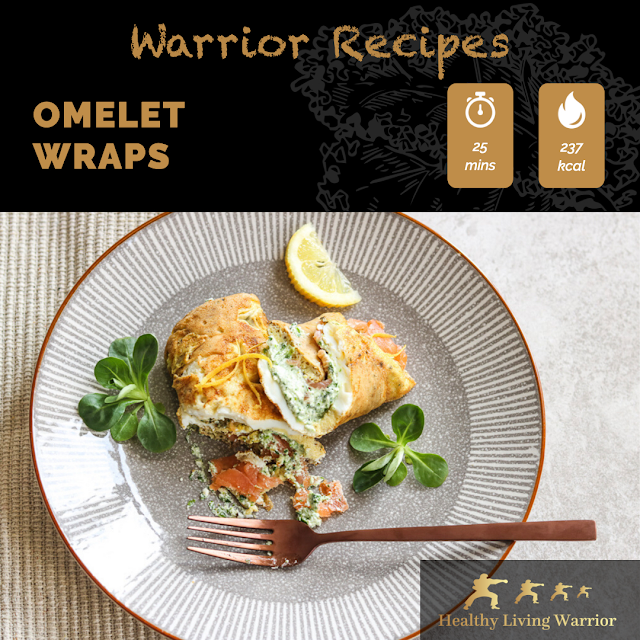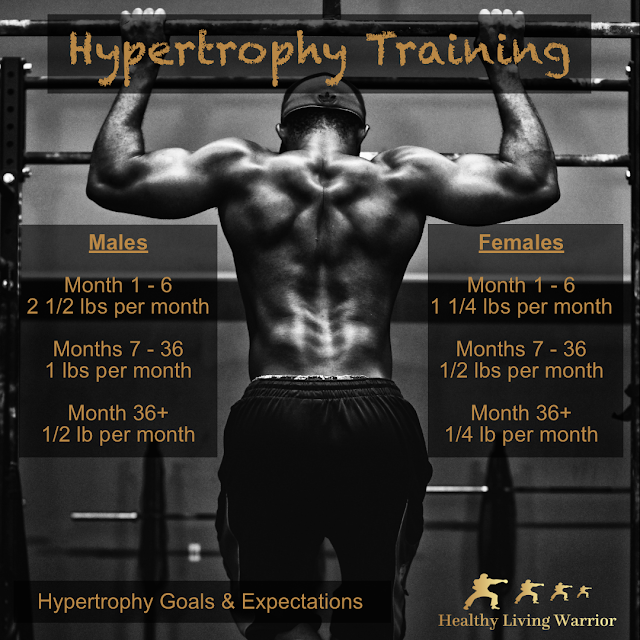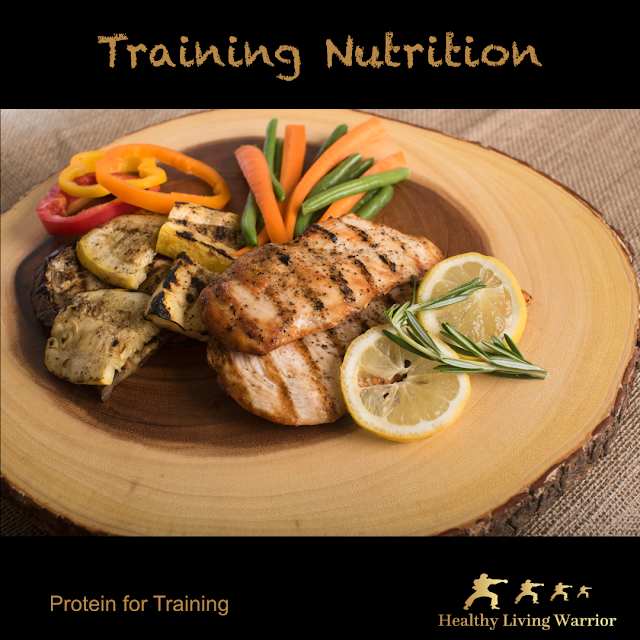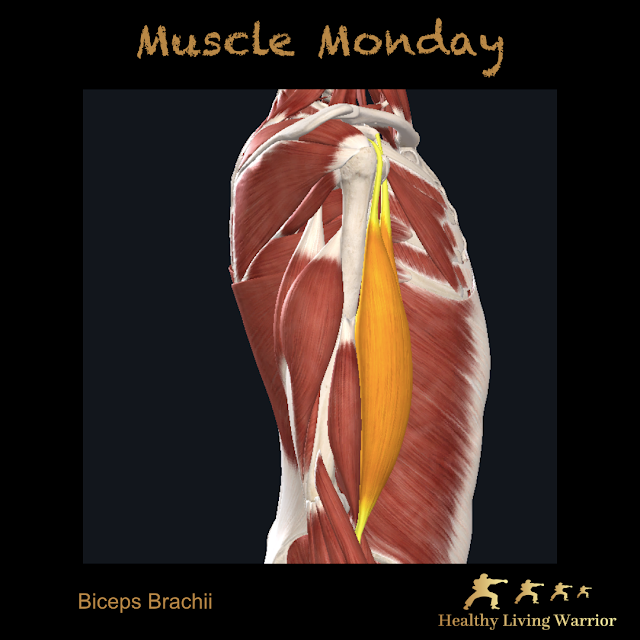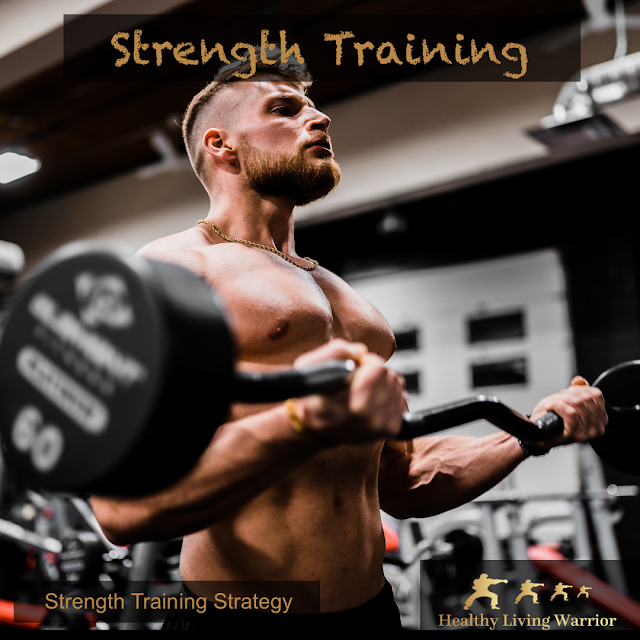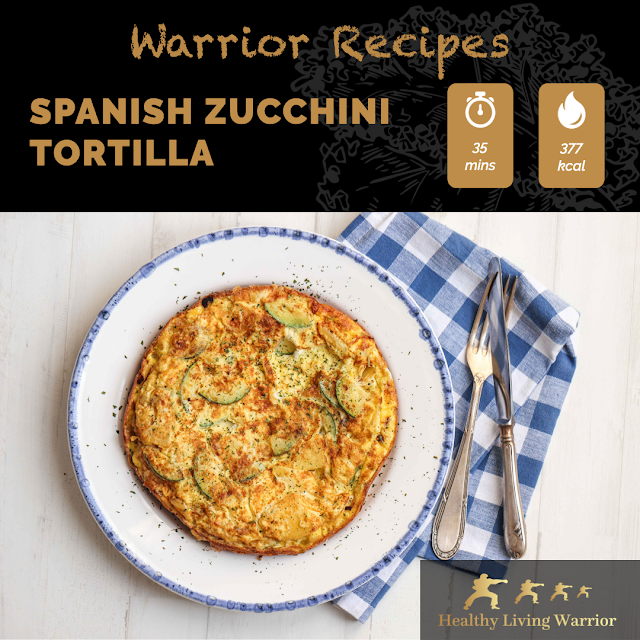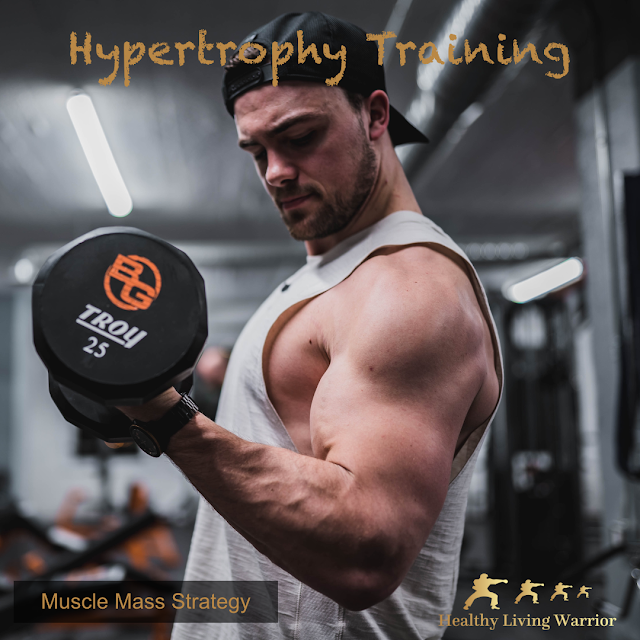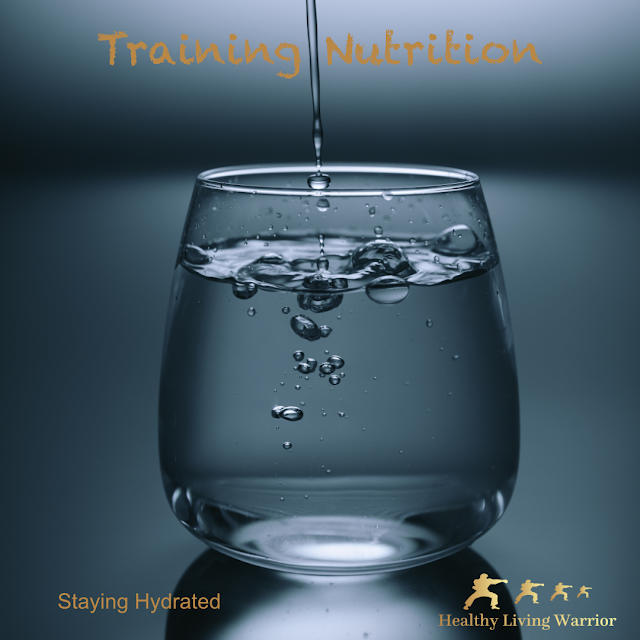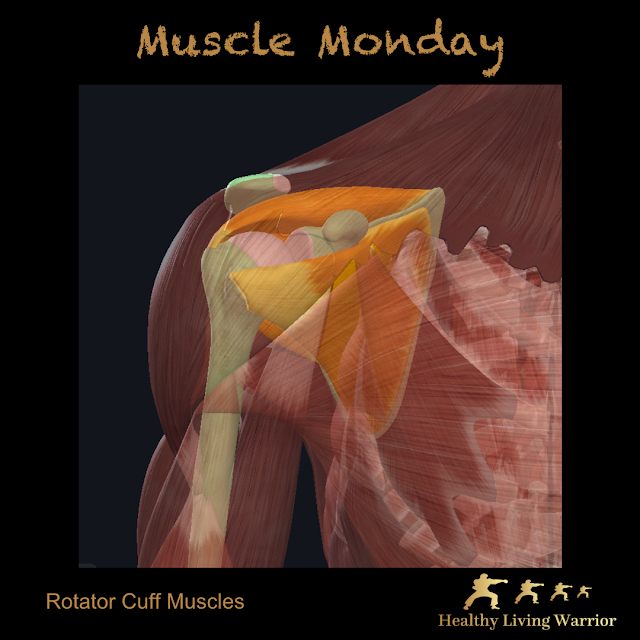Egg & Turkey Stuffed Peppers

Egg & Turkey Stuffed Peppers WHAT YOU NEED 4 eggs 4 egg whites 2 tbsp. almond milk 1 tsp. coconut oil 1 small onion, chopped 1 lb (450g) lean ground turkey 2 tsp. oregano 1 tsp. cumin 2 cups (60g) spinach, chopped 4 red medium bell peppers 1⁄2 cup (50g) cheese (dairy or plant-based) parsley, chopped to serve WHAT YOU NEED TO DO Heat oven to 400F (200C). Beat the eggs, egg whites and milk, then set aside. Heat the coconut oil in a pan over medium heat. Add the onion and cook for 3 mins until softened and browned. Add in the turkey, oregano and cumin, season with salt and pepper. Cook until meat is cooked through, about 5 mins. Then add the spinach, and mix until it wilts about 2 mins. Increase the heat and add in the eggs. Pull the eggs across the skillet with a spatula. Repeat for about 3 mins until eggs are cooked. Then set aside.
